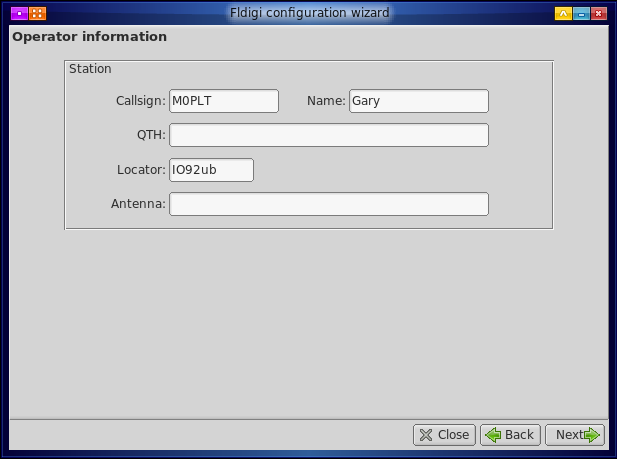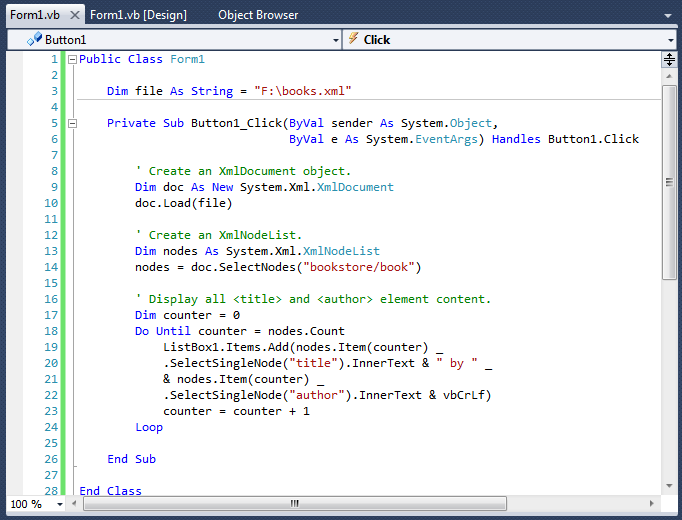

The field is mandatory and specifies the number of bytes contained in this reply. The pair and the command definition are mandatory. It is the OK message sent back by the Icom-746 PRO: This is an example of a fixed format message with no variable fields. These are all contained within multiple tag pairs. The SYMBOL noun name for each command - reply pair is the same.įldigi can parse and decode message returned from the transceiver that define 4 aspects of the transceiver operation: OKĬurrent operating mode of the transceiverĬurrent bandwidth setting of the transceiverįrequency of the active VFO (might be either A or B for example) Here are three examples from the KX3.xml definition file Ī command string may have a corresponding reply string sent by the transceiver. The number and symbol name for these must match.ĬAT command strings are defined within a. If the bandwidth data stream is unique for send and receive data streams then they are specified separately with a tag pair for data sent to the transceiver, and a tag pair for data returned to the computer. If the transceiver data stream uses identically the same format for the bandwidth data then it is specified in the tag pair The string data for the LSB modes must match those given in the modes id specifier For example in the Icom 746 Pro:

The modes which are supported by lower sideband in the transceiver are specified in the tag pair. The data transfer might be a single byte, multiple bytes, or a string Each entry or element associated with a mode has a symbol name (text) and a way to specify what the data transfer consists of. The transceiver modes are specified within the tag pair. Where mmm is the poll interval in milliseconds. You can specify a poll interval in milliseconds in the xml file: mmm It will always be greater than the poll interval.
#Fldigi rigcat xml files serial#
The actual cycle period is dependent on the serial communications baud rate, the size of the commands, and the responsiveness of the transceiver.
#Fldigi rigcat xml files code#
The rigCAT code operates in a separate thread during which the various queries are made with a default interval of 100 milliseconds between the last query and the start of the next cycle. Used for correct startup of K9MJ CI-V router Xcvr/interface echoes all chars (typical of CI-V interface) Use command string for PTT (not supported by all xcvrs) Set DTR signal line to + 12 V (default -12 V) Set RTS signal line to +12 V (default -12 V) Wait time after sending init string to xcvr Wait time after sending normal command to xcvr On a subsequent start of fldigi the saved parameters will override the ones in the rig definition file. If a value is changed on the configuration tab it is saved in the progdefaults.xml file if the configuration is saved. These values are loaded from the xml file. The serial port parameters may be preset in the xml file and also set or changed on the rigCAT configuration tab.
#Fldigi rigcat xml files pro#
The title bar tag pair contains the text which will be displayed on the window decoration bar, as in: Rig Control - IC-746 PRO Is not used by the parser, but should as a minimum state whether the definition file has been "Verified", is "Alpha&", what the Version and Date of creation or update, as in: Verified Version: 1.0 Date: 2007 Jan 5 The text within the tag pair is not used by the parser, but should as a minimum say who created and who tested the definition file, as in: The text within the tag pair specifies the transceiver to which this file applies, as in: Icom 746 PRO You are encouraged to study the various rig definition files to learn more about how they are organized.Ĭomments are contained within the tag pair: Īnd may appear anywhere in the rig definition file The entire rig definition must be contained within the tag pair If you create, test and verify the proper operation for a transceiver not yet posted please share that with others by sending it as an attachment to feedback w1hkj com and I will post it on the web site. You will find subdirectories by manufacturer which contain files named by rig type, ie: TS-850.xml. These are found in the xmls directory on this site: xml archives. This document describes the contents of the rig definition file "rig.xml".Ī number of transceivers have rig definition files written and tested which you may use.


 0 kommentar(er)
0 kommentar(er)
